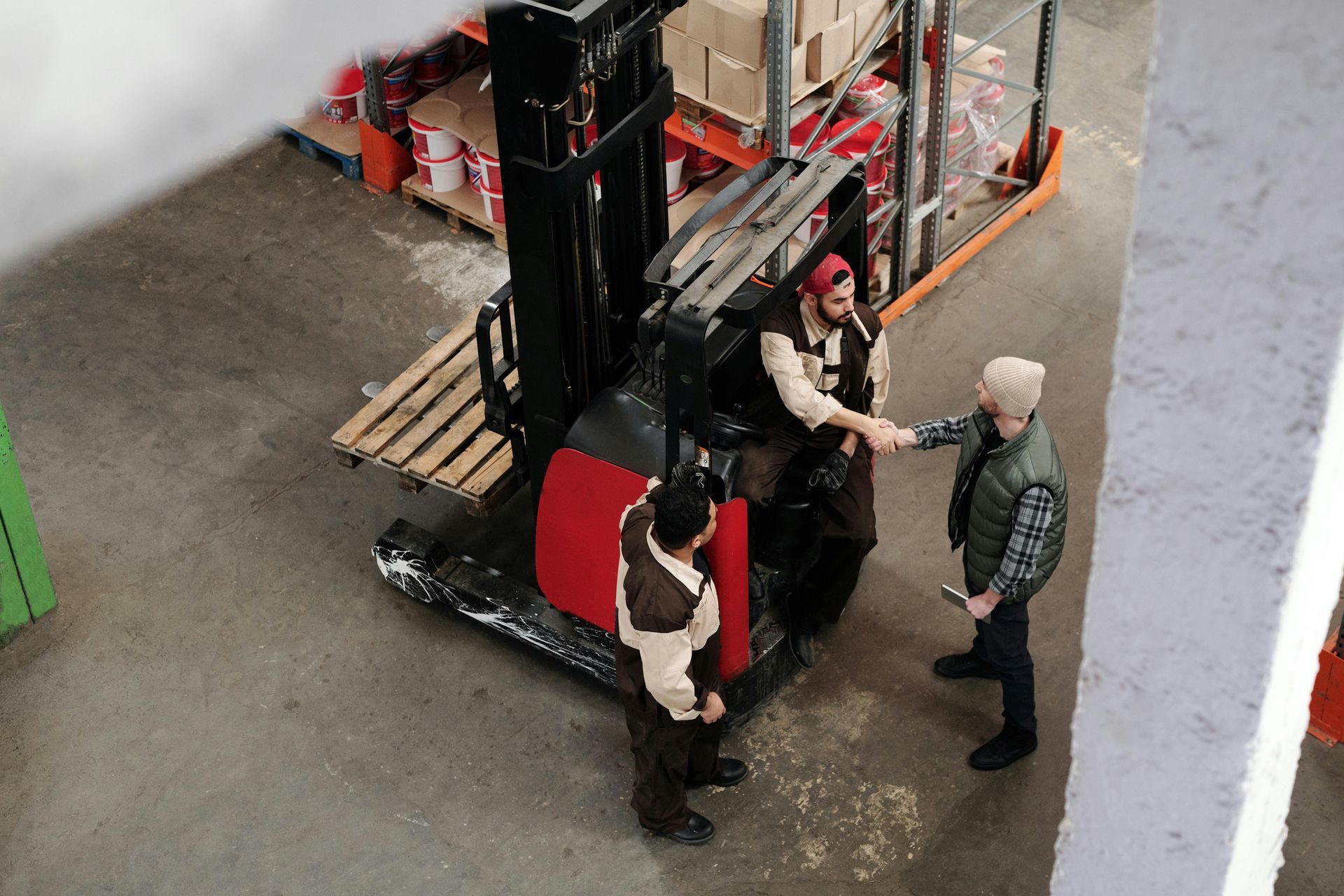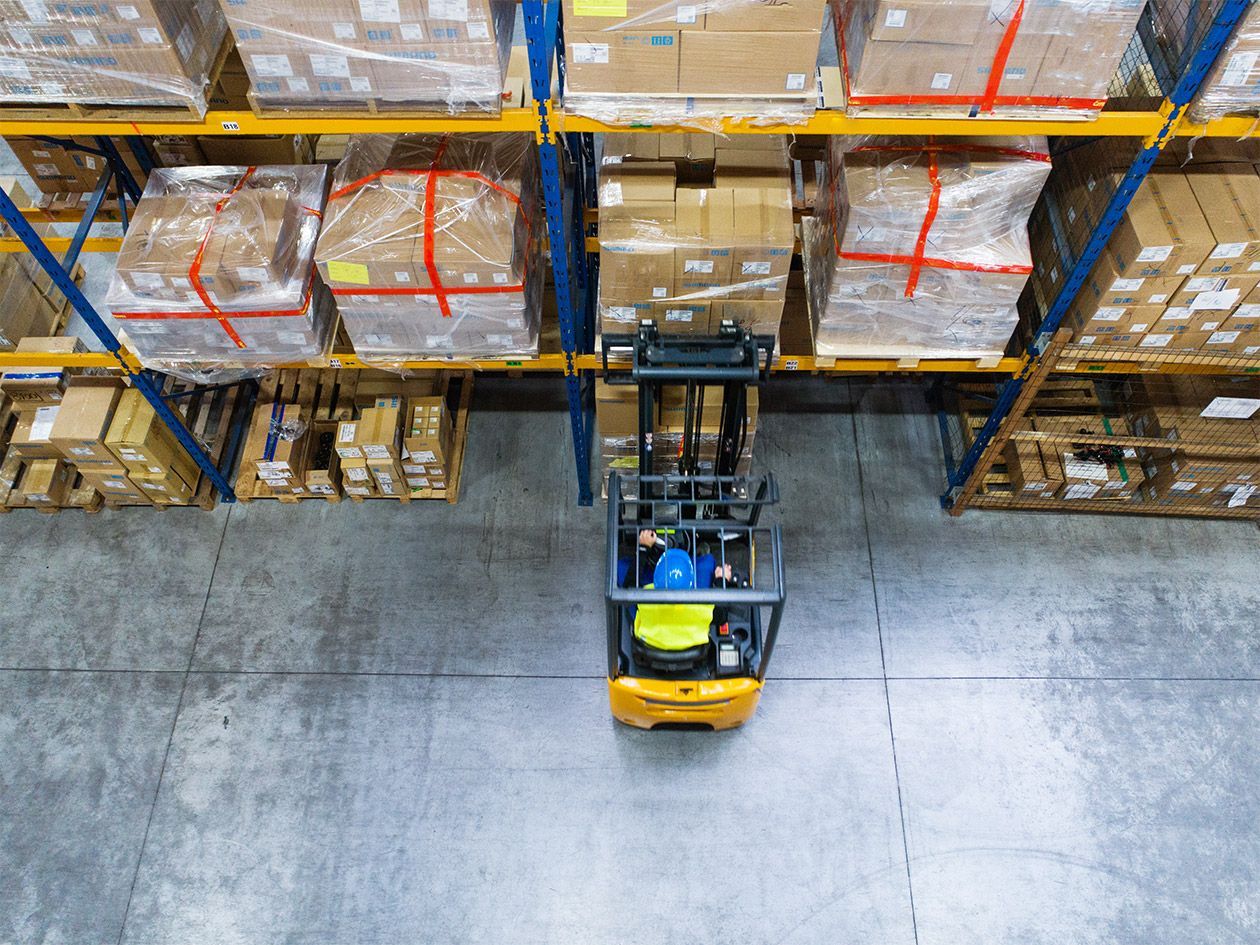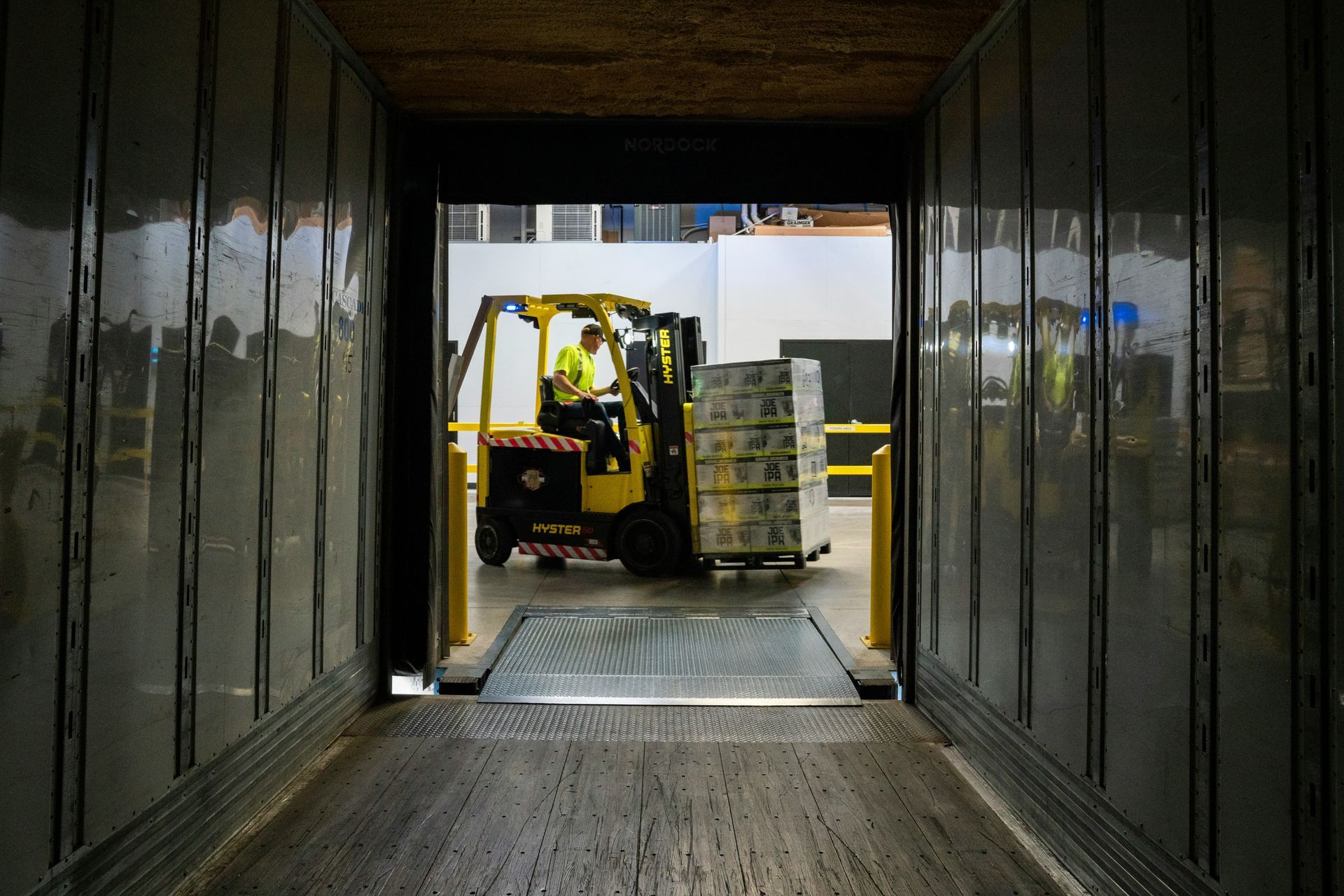Winter Warehouse Safety Tips
Winter weather is coming, and that means increased challenges in the warehouse. Frequently accessed loading doors and docks not only raise energy output and expenses, but a colder warehouse is also far less comfortable for employees. While it’s not possible to close the doors for months at a time, there are ways to keep utility bills low and workers safe and warm so check out the winter warehouse safety tips below.
Around The Warehouse
- Start with the doors: Only open doors when you need to, and consider installing barriers that help to protect against the elements. Before it gets too cold, check to make sure the dock doors are properly sealed when closed and that the door is functioning properly.
- Think about airflow: Supporting airflow in the warehouse can help warm air circulate. Install high-volume, low-speed fans that pull the warm air that rises closer to the floor, where employees work. Don’t forget to invest in fans that are also energy-efficient.
- Reconfigure the footprint: The warehouse layout can create direct pathways from the loading doors throughout the facility for cold air to travel. If possible, rework the aisles and storage areas to block the cold air instead of allowing it inside.
- Upgrade shelving: Depending on the warehouse, closed shelving can be upgraded to wire rack shelving that facilitates good airflow — regardless of the weather. Low-profile shelves and storage racks also open things up in the facility.
- Add More Heat: Sometimes there are cold spots despite your best efforts, and you may need an energy-efficient portable heater. It’s also important to have your warehouse HVAC serviced regularly and repaired promptly; this system is crucial for airflow.
- Maintenance Is A Must: Amp up your cleaning efforts during the winter to help keep high-traffic areas free from slush, ice, or salt. Your equipment needs to be properly inspected and serviced to prevent weather-related mechanical issues.
- Speed It Up: There are some great high-speed door options available. This is ideal for high-traffic warehouses that need to minimize the time doors spend open, letting in cold air and winter weather — a professional can help you choose an upgrade .
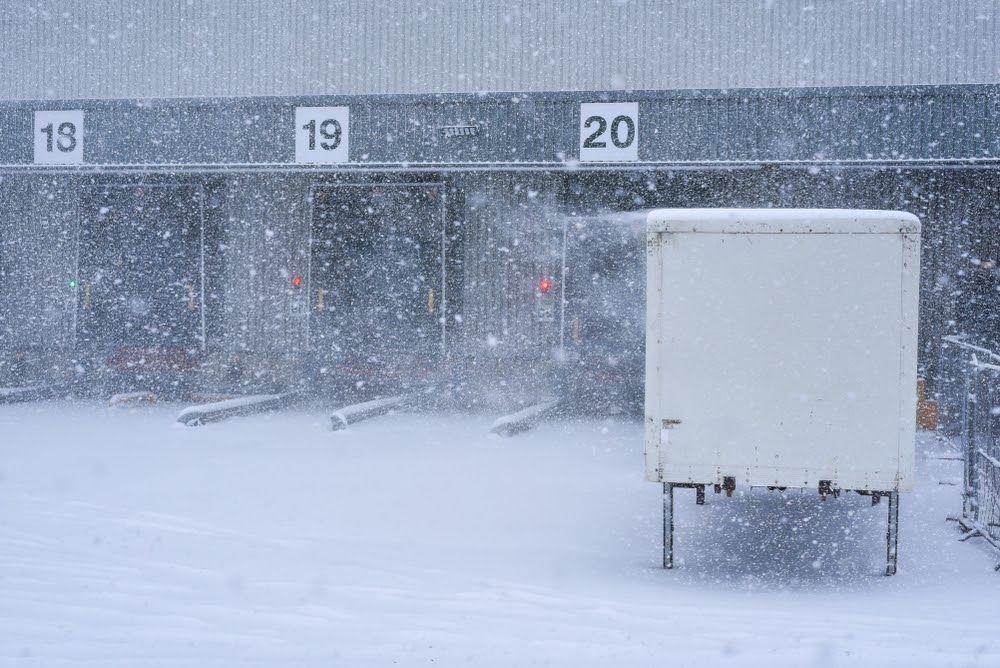
For Your Employees
- Give Them Warmth: Tap into OSHA’s guidance for engineering controls and provide workers a space to warm up, like a lounge or breakroom — and don’t overlook the power of a warm cup of coffee. Heaters can also provide warmth on the warehouse floor for a quick warm-up.
- Offer Shelter: Going in and out of a warehouse during winter weather is far from ideal, but often necessary. Cover docks with doors that are frequently open, and give equipment operators forklift “tents” as a layer against the cold.
- Show Them The Signs: Warehouse markings and signage will help workers know which areas are particularly risky in the winter weather. This is especially important for equipment operators that need to make adjustments for navigating hazards.
- Invest In Training: During onboarding and beyond, make training for winter warehouse safety a part of your training materials. Employees should easily recognize warehouse safety risks, know how to mitigate them, and what gear they need to stay safe.
- Think About A Dress Code: Boots, gloves, hats, and thick jackets are an added layer of protection for employees. Consider making these items a part of a dress code that gives everyone guidance on what clothing will help keep them safe.
- Go Above And Beyond: On that note, it’s a smart idea to make these items available for everything. Although it’s not an OSHA requirement to supply personal protective equipment, it shows that you care about employee safety.
- Create A Culture: Warehouse managers and leaders should not only enforce winter warehouse safety best practices, they should also make these policies praxis. From the top-down, everyone should be adhering to safety measures to create a culture of safety.
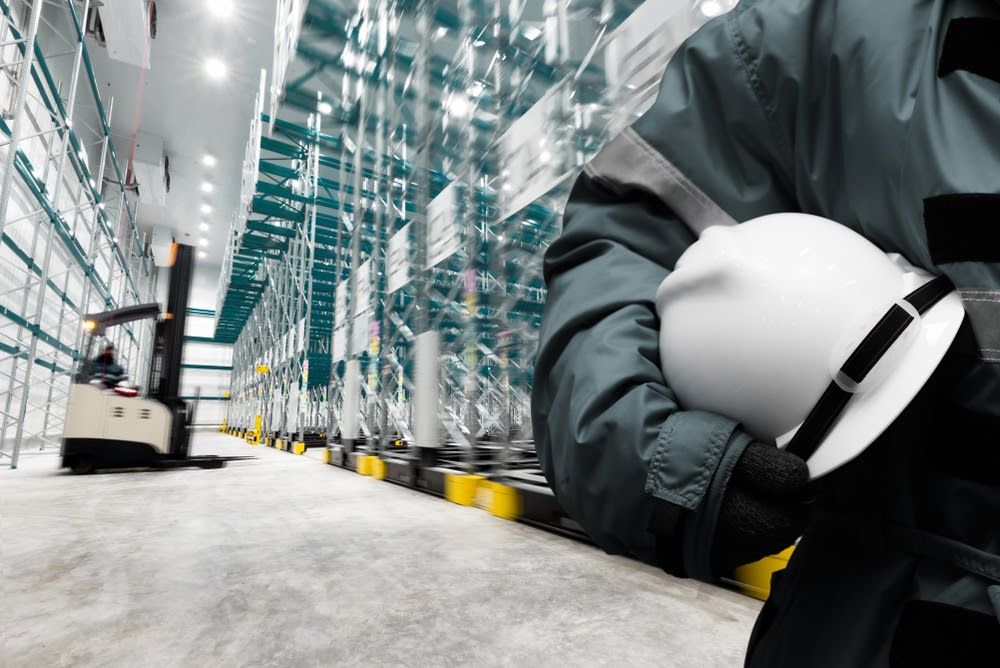
Don’t wait until it’s cold out to start working towards improving your winter warehouse safety. Perform a comprehensive audit of what you currently have in place and take notes about where you might need to make improvements. You can even talk to employees and ask them for direct feedback about how you can make their job easier.
Take your list of upgrades to equipment and warehouse experts, like our team here at Benco . From swapping out loading doors to creating maintenance plans for your forklifts, and even repairing equipment for optimal performance, we can help keep your warehouse safe this winter (or any other season, for that matter.
The post Winter Warehouse Safety Tips appeared first on Benco Industrial Equipment.


